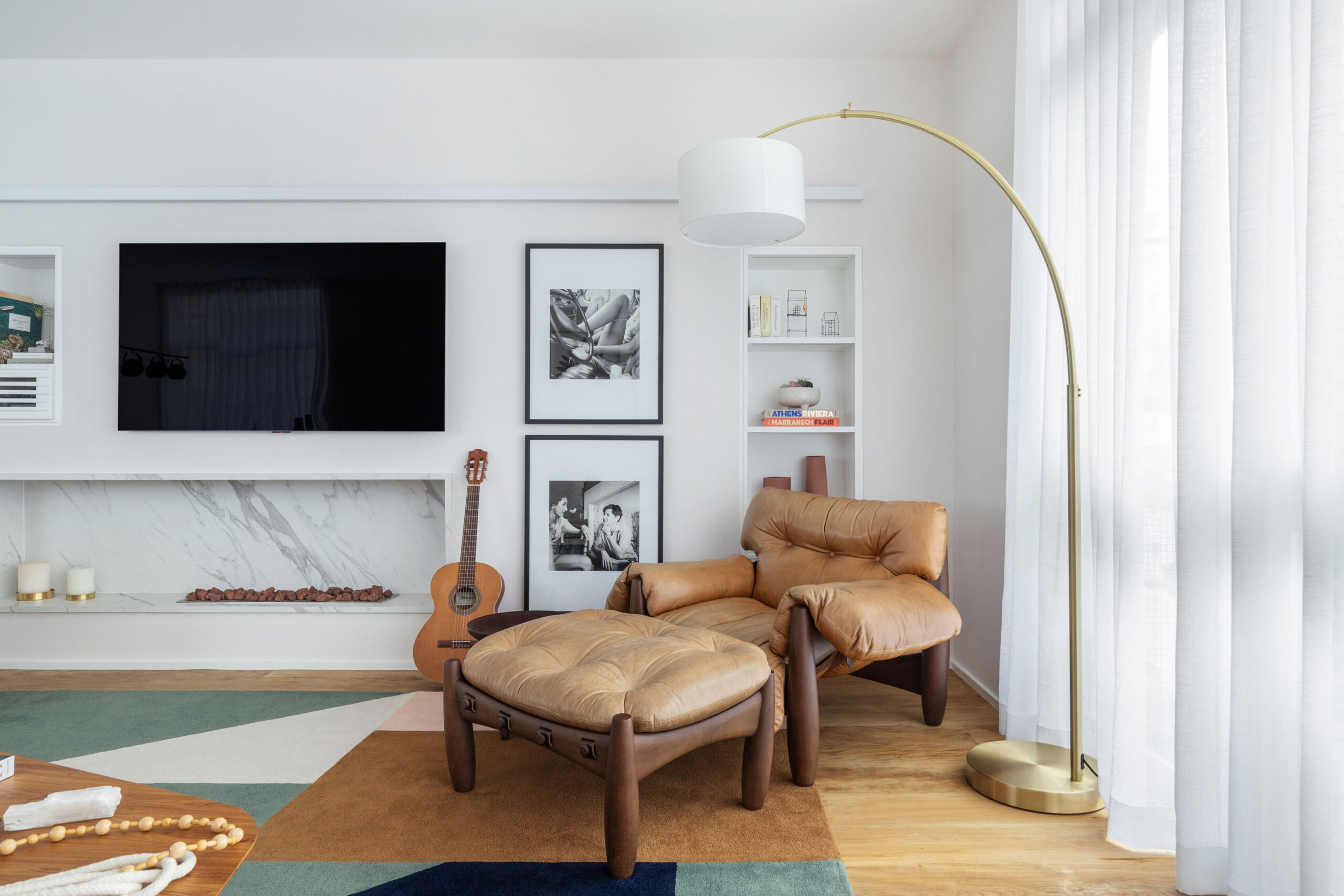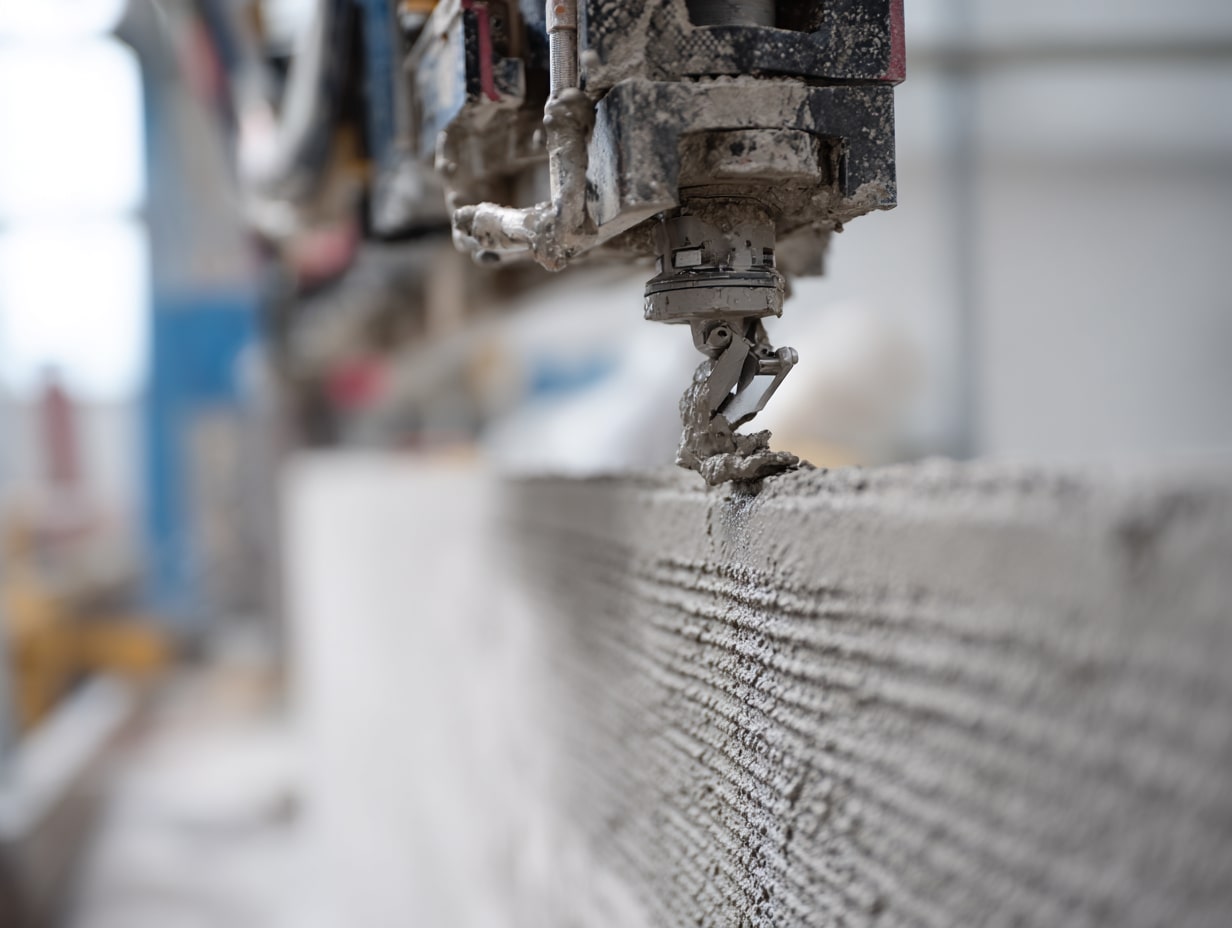- Home
- Articles
- Architectural Portfolio
- Architectral Presentation
- Inspirational Stories
- Architecture News
- Visualization
- BIM Industry
- Facade Design
- Parametric Design
- Career
- Landscape Architecture
- Construction
- Artificial Intelligence
- Sketching
- Design Softwares
- Diagrams
- Writing
- Architectural Tips
- Sustainability
- Courses
- Concept
- Technology
- History & Heritage
- Future of Architecture
- Guides & How-To
- Art & Culture
- Projects
- Interior Design
- Competitions
- Jobs
- Store
- Tools
- More
- Home
- Articles
- Architectural Portfolio
- Architectral Presentation
- Inspirational Stories
- Architecture News
- Visualization
- BIM Industry
- Facade Design
- Parametric Design
- Career
- Landscape Architecture
- Construction
- Artificial Intelligence
- Sketching
- Design Softwares
- Diagrams
- Writing
- Architectural Tips
- Sustainability
- Courses
- Concept
- Technology
- History & Heritage
- Future of Architecture
- Guides & How-To
- Art & Culture
- Projects
- Interior Design
- Competitions
- Jobs
- Store
- Tools
- More
Essential Things to Consider When Building a Wooden House for Optimal Results
Discover essential factors to consider when building a wooden house in our comprehensive guide. From selecting the right materials to navigating local regulations, this article explores design, insulation, and construction techniques. Learn about sustainable practices, budgeting insights, and how to enhance energy efficiency.

Building a wooden house is an exciting journey that combines creativity with practicality. As we embark on this adventure, it’s essential to consider several key factors that can influence the outcome of our project. From selecting the right materials to understanding local regulations, every decision we make plays a crucial role in the overall success of our dream home.
We’ll explore important aspects like design, insulation, and maintenance, ensuring our wooden house stands the test of time. With the right approach, we can create a warm and inviting space that reflects our style while being environmentally friendly. Let’s dive into the essential considerations that will guide us in building a beautiful wooden home.

Table of Contents
ToggleImportance of Choosing Wood
Choosing the right wood materials impacts our wooden house’s longevity, aesthetics, and environmental footprint. Several factors influence this decision, including wood types and sustainability considerations.

Types of Wood Materials
- Softwood: Softwoods, such as pine and cedar, offer a cost-effective solution for framing and siding. They’re lightweight and easier to work with, making them popular for DIY projects.
- Hardwood: Hardwoods like oak and maple provide strength and durability. They resist wear and tear, making them suitable for flooring, cabinetry, and furniture.
- Engineered Wood: Engineered wood products, like plywood and laminated veneer lumber, combine layers of wood for enhanced strength. These materials cater to specific structural needs and minimize waste.
- Reclaimed Wood: Reclaimed wood adds character and history to our home. Sourcing this material from old buildings promotes sustainability and reduces environmental impact.
Sustainability Considerations
- Source of Wood: Selecting sustainably sourced wood ensures responsible forest management. Look for certifications such as FSC (Forest Stewardship Council) or SFI (Sustainable Forestry Initiative).
- Local Sourcing: Choosing local wood reduces transportation emissions and supports the regional economy. It also helps us find wood types that are well-suited to our climate.
- Treatment and Finishes: Selecting non-toxic treatments and finishes minimizes harmful chemical exposure. Natural finishes, like oils and waxes, enhance wood durability while being eco-friendly.
- Life Cycle Assessment: Evaluating the life cycle of wood materials provides insight into their long-term environmental impact. Prioritize materials with lower energy requirements for production and transportation.
By focusing on the right wood materials and sustainability choices, we create a wooden house that’s not just beautiful, but also supports ecological balance.
Design and Layout
Design and layout serve as the foundation for constructing a wooden house. We must evaluate various elements to ensure our wooden home is functional, aesthetically pleasing, and compliant with local regulations.

Assessing Land and Location
Assessing land and location is crucial for our wooden house design. We prioritize factors like topography, accessibility, and orientation to maximize sunlight and minimize environmental impact.
- Topography: Choosing level land simplifies construction and prevents drainage issues.
- Accessibility: Easy access to roads and utilities facilitates smoother building processes.
- Orientation: Positioning the house to capture natural light enhances energy efficiency and comfort.
We also consider local climate conditions that affect insulation needs and choice of materials. Understanding these factors contributes to creating a sustainable and resilient structure.
Architectural Styles Suitable for Wooden Houses
Choosing an architectural style shapes the character of our wooden house. Various styles complement wooden structures, offering diverse aesthetics and functionalities.
- Cottage Style: Characterized by warm, inviting designs, often featuring steep roofs and porches.
- Contemporary Style: Embraces open spaces and large windows, emphasizing natural surroundings and minimalism.
- Log Cabin Style: Combines rustic charm with sturdy logs, providing strong insulation and a cozy atmosphere.
- Craftsman Style: Highlights handcrafted details, exposed beams, and built-in furniture for a classic look.
Each style carries unique advantages and can influence layout considerations such as room arrangement and outdoor integration. Selecting the right style aligns our design vision with practical needs, enhancing both beauty and functionality.
Construction Techniques
We focus on various construction techniques essential for building a wooden house. Understanding both traditional and modern methods aids in achieving structural integrity and aesthetic appeal.

Traditional vs. Modern Methods
Traditional methods are time-honored approaches that emphasize craftsmanship. Techniques such as timber framing and post-and-beam construction offer durability and character but may require skilled labor and time.
Modern methods incorporate advancements in technology and materials. Prefabrication and modular construction streamline the building process, reduce waste, and often lower costs. Advanced fastening systems and engineered wood products enhance structural performance. Choosing between these methods depends on project goals, budget, and aesthetics.
Foundation Requirements
Foundation requirements are critical to the stability of a wooden house. A solid base supports the frame and prevents moisture infiltration.
- Concrete Slab Foundations: Offer cost-effectiveness and simplicity for single-story homes.
- Crawl Space Foundations: Allow access for plumbing and electrical work while elevating the house to reduce moisture risks.
- Full Basement Foundations: Provide additional living space and storage but require careful waterproofing and insulation.
It’s crucial to assess soil conditions and local building codes to determine the most suitable foundation type for stability and longevity.
Budgeting and Costs
Budgeting for a wooden house involves careful planning and consideration of various costs. We must account for both initial expenses and long-term financial commitments to ensure a sustainable project.

Estimating Material Costs
Estimating material costs requires a detailed assessment of wood types and quantities. We need to consider:
- Softwoods: Pine and cedar often serve as affordable choices for framing, averaging between $2 to $5 per board foot.
- Hardwoods: Oak and maple provide durability, typically costing $5 to $10 per board foot.
- Engineered wood: Products like plywood and OSB range from $15 to $30 per sheet, depending on thickness and quality.
- Reclaimed wood: Unique and sustainable options can cost $5 to $15 per board foot, offering character while being eco-friendly.
Calculating the total requires multiplying the selected material’s unit price by the total quantity needed. Additionally, we should factor in delivery fees, waste, and potential price fluctuations in our budget.
Long-term Maintenance Expenses
Long-term maintenance expenses significantly impact our budgeting. Key areas include:
- Regular inspections: Annual assessments cost approximately $200 to $500 to ensure structural integrity and prevent issues.
- Repairs: We may spend $500 to $1,500 on repairs for common issues like leaks, rot, or pest control.
- Finishing materials: Maintenance of exterior finishes, such as stains or paints, often requires $100 to $300 annually for upkeep.
- Utility costs: Wooden houses, when properly insulated, see energy bills ranging from $100 to $300 monthly, depending on location and efficiency.
Anticipating these costs allows us to maintain our wooden house effectively, sustaining its beauty and function over time.
Environmental Factors
We must consider various environmental factors when building a wooden house. These factors significantly influence the structure’s resilience and sustainability.

Weather Resistance
Weather resistance is crucial for the longevity of a wooden house. Choosing high-quality wood species, such as cedar or redwood, enhances durability against moisture and pests. Applying protective treatments, like sealants and finishes, prevents decay and water infiltration. Designing with overhangs and proper drainage also reduces water exposure, minimizing the risk of water damage.
Energy Efficiency Considerations
Energy efficiency plays a vital role in the environmental impact of a wooden house. Implementing proper insulation solutions, such as cellulose or fiberglass, improves thermal performance. Installing energy-efficient windows and doors minimizes heat loss and contributes to a more consistent indoor climate. Positioning the house to maximize natural light can reduce energy consumption, while incorporating renewable energy sources, like solar panels, enhances sustainability. Such considerations lead to lower utility bills and a reduced carbon footprint, promoting an eco-friendly living environment.
Conclusion
Building a wooden house involves a series of critical considerations that directly impact its functionality, aesthetics, and sustainability. We prioritize factors such as material selection, design, construction techniques, and long-term maintenance.
- Material Selection: Choosing the right wood not only affects the house’s lifespan but also its overall environmental impact. We emphasize using sustainable sources, including responsibly harvested local woods and reclaimed materials, which contribute to lower emissions.
- Design and Layout: Evaluating the house’s design ensures it meets our needs for functionality and compliance with local regulations. We consider elements like land orientation and topography to maximize natural light and minimize resource use.
- Construction Techniques: We explore various construction methods, assessing their implications on structural integrity and project efficiency. Traditional techniques like timber framing and modern options like modular construction each offer unique benefits.
- Budgeting and Costs: Careful planning of both initial and long-term costs is essential. We provide insights on material pricing, delivery fees, and maintenance expenses, ensuring our financial commitments align with the house’s needs.
- Environmental Factors: Ensuring our wooden house withstands local weather conditions requires strategic selections in materials and treatments. Promoting energy efficiency through insulation and renewable energy solutions is crucial for reducing long-term costs.
By thoughtfully considering these elements, we can create a strong, inviting wooden house that not only meets our personal style but also supports sustainability and resilience.
- benefits of wooden houses
- building a wooden house
- building wood homes
- choosing wood for home building
- cost of building a wooden house
- eco-friendly wooden houses
- energy efficient wooden house
- log cabin construction
- sustainable wooden homes
- timber home construction
- timber house tips
- wood house architecture
- wood house insulation
- wood house planning
- wooden cabin construction
- wooden home maintenance
- wooden house building guide
- wooden house construction
- wooden house design
- wooden house foundation
Submit your architectural projects
Follow these steps for submission your project. Submission FormLatest Posts
How to Furnish Your New Home in 24 Hours (Without Picking Up a Screwdriver)
The keys have been handed over. The lease is signed. You are...
3D Printed Homes: Time, Cost, and What to Expect
3D printed homes explained: realistic timelines (24–72h walls, 8–16 weeks total), true...
How a Contact Centre Boosts Trust in Your Building Business
In construction, trust is the glue that holds projects together. Clients need...
How Real Time Parcel Geolocation Is Redefining Last Mile Efficiency for Modern Businesses
Last mile delivery has become the most critical point in the customer...












Leave a comment